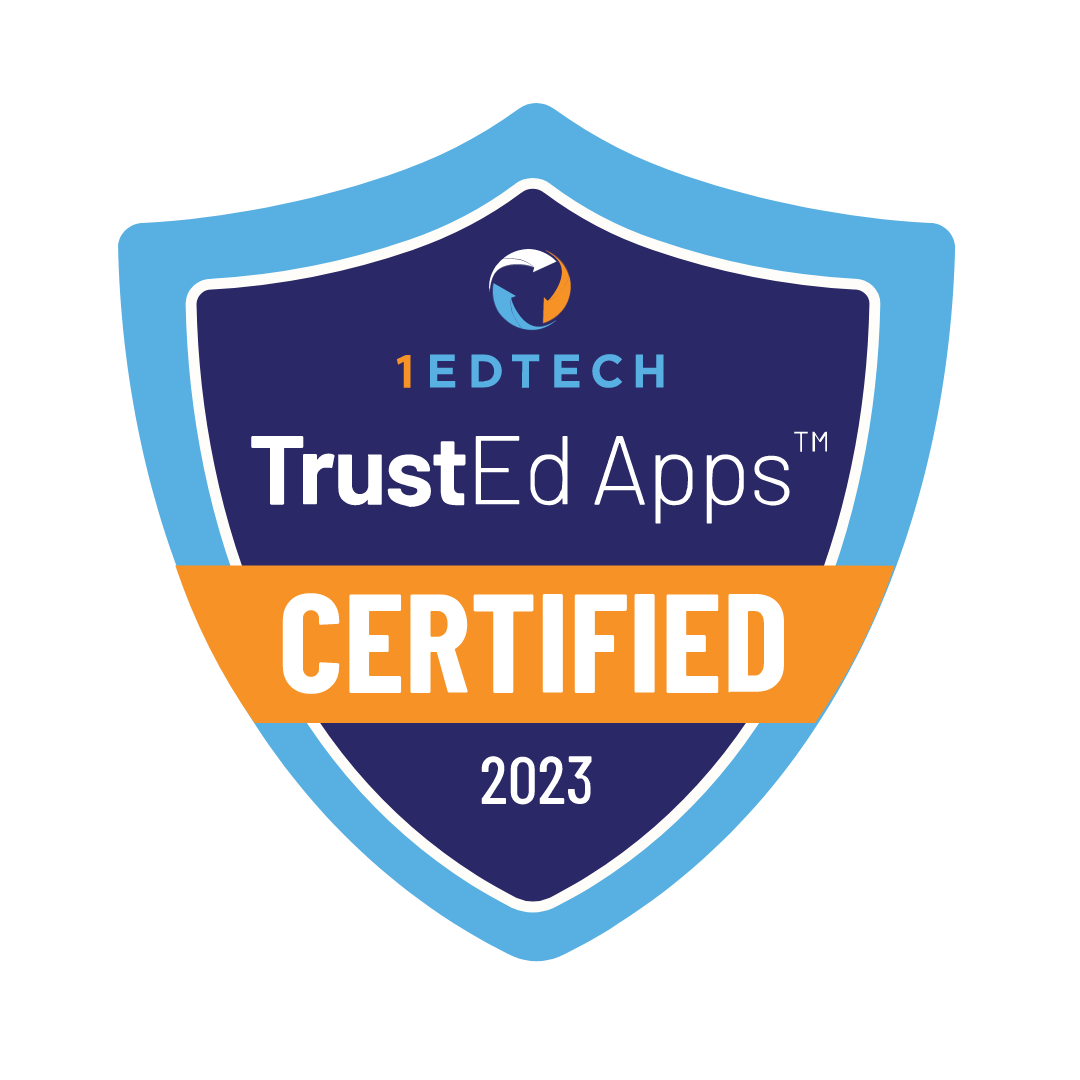The content of the publication
- 1 Online STEM courses for kids: The New Age Revolution in Learning
- 2 The Evolution and Rise of Digital Learning Platforms
- 3 Personalized Learning: The Hallmark of Online STEM Courses
- 4 EdTech: The Powerhouse Driving Digital Education
- 5 Advantages of STEM Education for the Young Minds
- 6 Overcoming Challenges in Online STEM Learning
- 7 Conclusion
The dawn of the digital age has brought about countless advancements and opportunities, especially in the realm of education. Among these, Online STEM courses for kids have emerged as a game-changer. As the world leans more towards tech-driven solutions, there’s no better time than now to delve into the essence and benefits of these courses.
Online STEM courses for kids: The New Age Revolution in Learning
STEM, an acronym for Science, Technology, Engineering, and Mathematics, is more than just subjects taught in school. It’s a multidisciplinary approach to solving problems and understanding the world. Online platforms have made these subjects more accessible, dynamic, and interactive than traditional classrooms.
The Evolution and Rise of Digital Learning Platforms
In the past, the four walls of a classroom, a chalkboard, and hardbound textbooks broadly defined the world of education. However, the relentless march of technology has reshaped this scenario, propelling us into the era of digital learning.
A Deep Dive into Digital Learning Transformation
As we ushered in the 21st century, the educational landscape underwent a massive transformation. No longer were students bound by the physical limitations of the classroom. With the advent of the internet, knowledge and learning transcended geographical boundaries.
Interactive Simulations: Imagine learning about the solar system not from a 2D image in a textbook but by navigating through a 3D simulation, where planets orbit in real-time, and one can zoom in to explore surface features. This is the magic of interactive simulations – they provide a dynamic, visual, and tactile learning experience, making abstract concepts tangible.
Real-world Problem Solving: Digital platforms often incorporate gamified elements where students face real-world challenges that they must solve using STEM principles. This makes learning fun and contextual, enhancing comprehension and retention.
Immersive Experiences: Virtual Reality (VR) and Augmented Reality (AR) tools are increasingly integrated into online learning platforms. These tools provide an immersive learning experience, where students can, for instance, take a virtual tour of the Amazon rainforest or explore the ruins of ancient civilizations.
Personalized Learning: The Hallmark of Online STEM Courses
Catering to the Individual: Every child is a unique individual, boasting different strengths, weaknesses, and learning styles. Digital platforms recognize this and offer tailored learning experiences. This personalization ensures students remain engaged and motivated, leading to better outcomes.
Flexibility in Curriculum: The beauty of online STEM courses lies in their adaptability. Based on real-time feedback, students can progress at their own pace, delve deeper into areas of interest, and seek additional support in areas of difficulty.
Diverse Learning Tools: Online platforms offer many tools to aid learning. Students have multiple avenues to explore and understand concepts, from visual infographics and animations to hands-on digital experiments, quizzes, and even peer interaction.
EdTech: The Powerhouse Driving Digital Education
Bridging Traditional and Digital: EdTech companies have been instrumental in marrying the time-tested principles of traditional education with the innovations of the digital age. By doing so, they’ve made education more accessible, engaging, and effective.
Role Models in EdTech: Platforms like Khan Academy and Coursera stand as testaments to the potential of EdTech. These platforms offer various courses, including STEM subjects, tailor-made for young learners. Through interactive lessons, quizzes, and peer interactions, they provide a holistic learning environment, ensuring that students learn and thrive.
Advantages of STEM Education for the Young Minds
Advantages of STEM Education for the Young Minds
- Fostering Critical Thinking: STEM education emphasizes problem-solving and analytical skills. Young minds are trained to approach challenges critically, evaluating multiple solutions before settling on the best one.
- Promoting Creativity: While STEM is rooted in logic and analysis, it encourages innovation. Students are inspired to think outside the box, leading to groundbreaking ideas and novel solutions.
- Building Resilience: Through hands-on experiments and projects, students often encounter failures. STEM education teaches them to view these setbacks as learning opportunities, cultivating resilience and perseverance.
- Enhancing Teamwork: Many STEM activities are collaborative. Working in teams, students learn the importance of communication, delegation, and mutual respect, preparing them for real-world collaborative environments.
- Developing Technical Proficiency: As the world becomes increasingly digital, technical skills are more valuable than ever. STEM education equips students with a strong foundation in technologies that will shape the future.
- Encouraging Real-world Application: STEM is more than just theoretical. It’s deeply intertwined with real-world applications. Students see the tangible impact of their learning, from building robots to developing apps, making education more relevant and engaging.
- Cultivating Lifelong Learning: The ever-evolving nature of STEM fields instills a love for continuous learning. Students understand there’s always more to discover, keeping their intellectual curiosity alive.
- Preparing for Future Careers: Many of the fastest-growing career sectors are in STEM. By immersing students in STEM education early on, we’re preparing them for lucrative careers in biotechnology, data science, and renewable energy.
- Enhancing Adaptability: The interdisciplinary nature of STEM means students are not just limited to one way of thinking. They become adaptable thinkers, capable of approaching problems from various angles and disciplines.
- Boosting Global Awareness: STEM education often highlights global challenges like climate change or water scarcity. Students become more aware of global issues and are empowered to think of solutions that can benefit humanity.
In essence, STEM education is more than just an academic curriculum; it’s a holistic approach to learning that equips young minds with the skills, mindset, and knowledge they need to thrive in the modern world.
Overcoming Challenges in Online STEM Learning
Ensuring Equal Access: The digital revolution has democratized education to a great extent, but the digital divide remains a significant hurdle. While online STEM courses have brought the classroom to the living room, only some children have the luxury of a stable internet connection or a device to access these resources. Addressing this disparity is paramount. Schools, governments, and communities must collaborate, ensuring that every child, irrespective of their socio-economic background, can tap into the vast reservoir of online education.
Addressing Short Attention Spans: The double-edged sword of the digital age is its plethora of distractions. With notifications buzzing and multiple tabs open, maintaining focus becomes a challenge. The solution lies in designing online STEM courses that are informative and engaging. Interactive modules, quizzes, and real-world problem-solving scenarios can captivate young minds, ensuring their digital journey is fun and fruitful.
The Role of Parents and Guardians: In online learning, parents and guardians don the dual hats of facilitators and cheerleaders. Their role transcends beyond just providing the necessary infrastructure. From setting up a conducive learning environment to offering moral and emotional support, their involvement can be the linchpin that determines the success of online STEM learning.
Conclusion
In a world increasingly dependent on technology and innovation, Online STEM courses for kids aren’t just an addition to education; they’re necessary. They mold young minds to face challenges, innovate, and lead the future. With the right balance and guidance, the digital realm of STEM can shape the visionaries of tomorrow.








